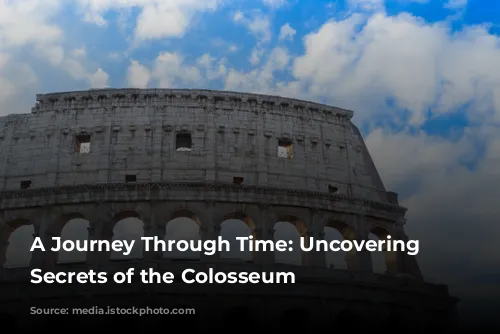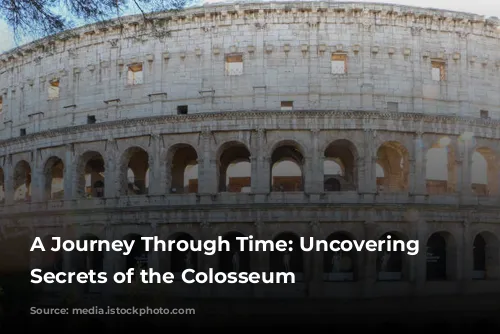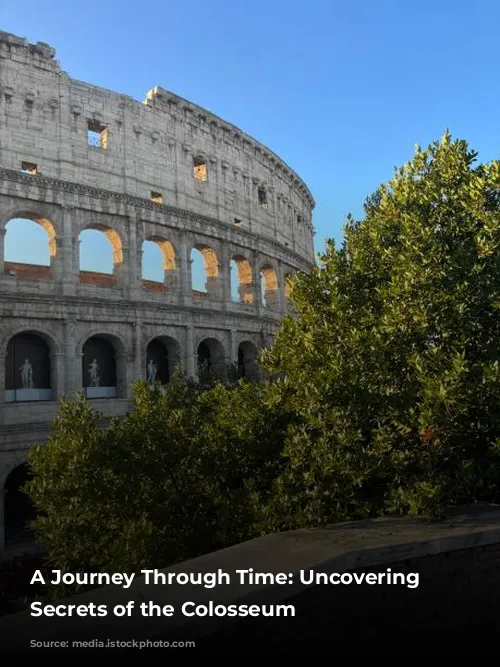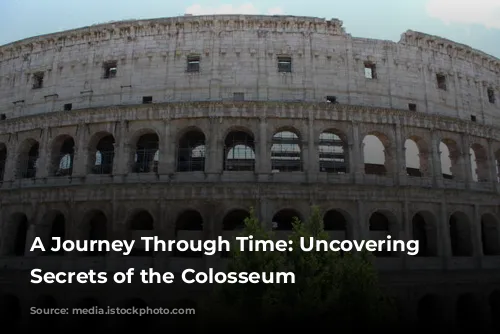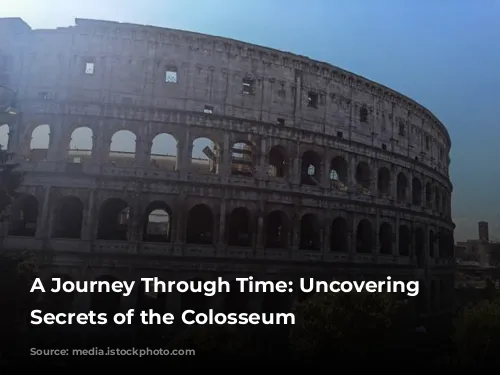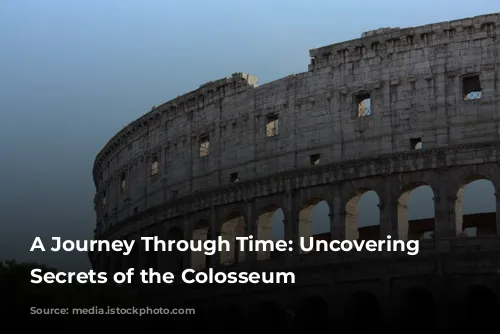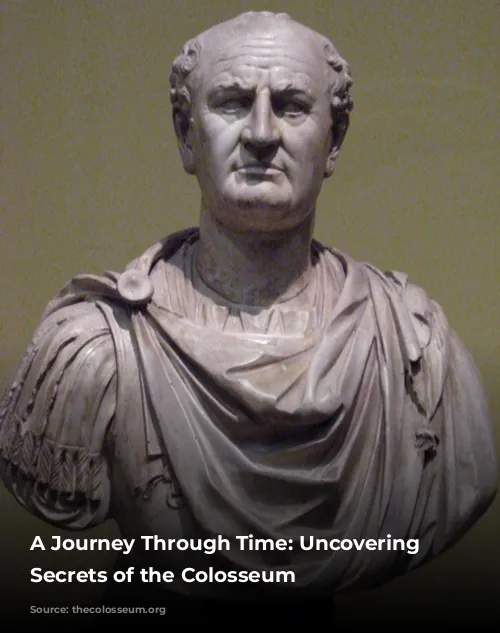The Colosseum, a towering monument to Roman grandeur, whispers tales of bygone eras. With almost two thousand years etched into its weathered stones, this iconic arena has witnessed a spectacle of human history, from the bloodthirsty clashes of gladiators to the gruesome hunts of exotic beasts. Today, it stands as a testament to the Romans’ unparalleled engineering prowess, a beacon for travelers seeking to unlock the secrets of the past.
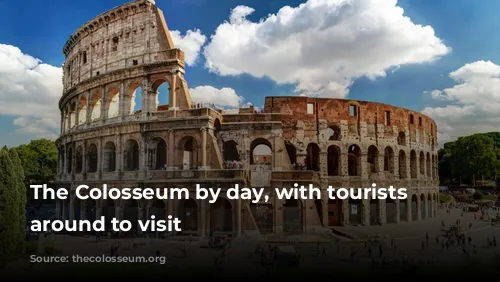
When Was This Majestic Structure Built?
The Colosseum’s construction began in 72 AD under the reign of Emperor Vespasian, a period marked by the city’s recovery from the devastating fire of 64 AD. Vespasian, a shrewd ruler, sought to reignite the spirit of Rome, and what better way to do so than by creating a grand arena for the people’s amusement? While Vespasian laid the foundation, he unfortunately passed away before its completion. The task was then passed on to his sons, Emperors Titus and Domitian, who diligently oversaw the finishing touches. The hands that built this monument, however, were not those of the privileged Romans, but of Jewish slaves, forced to toil under the watchful eyes of Roman engineers and craftsmen. These slaves, snatched from their homes after the devastating Jewish-Roman war, carried the weight of their own misfortunes as they sculpted the Colosseum’s grandeur.
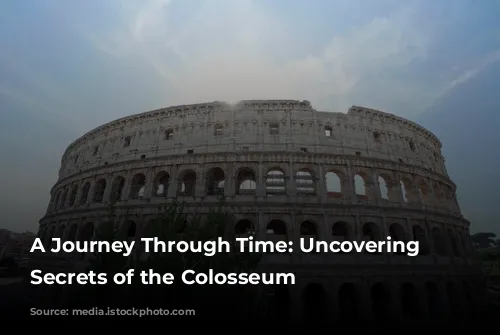
The Colosseum’s Construction: A Monument to Human Strength
The scale of the Colosseum’s construction is awe-inspiring. It is estimated that between 60,000 and 100,000 slaves were employed in its construction. This colossal undertaking was a testament to the sheer might and power of the Roman Empire. The sheer number of individuals involved paints a stark picture of the Roman world, where slavery was an integral part of society and its workforce. These slaves, the silent architects of the Colosseum, carried on their backs the heavy burden of their forced labor, their stories forever etched in the stones of this monumental structure.
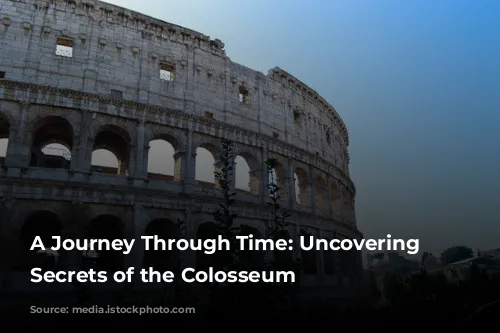
A Symbol of Power and Entertainment
The Colosseum’s construction wasn’t just about building a massive structure; it was about establishing a symbol of Rome’s dominance and providing a forum for entertainment. The Colosseum, standing as a grand amphitheater, was a symbol of Roman power and ambition. It was built to provide a spectacle for the masses, a place where the citizens of Rome could gather and witness the thrilling battles and hunts, forgetting their own anxieties and woes.
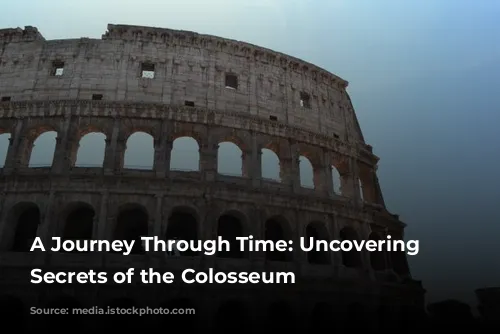
The Colosseum: A Monument to Roman Architecture
The Colosseum’s oval shape, measuring 189 meters long, 156 meters wide, and 48.5 meters tall, speaks of its imposing scale and architectural prowess. It is a testament to the Roman architects’ skill and precision, as they carefully crafted the structure, employing travertine stone, a material renowned for its durability. The Colosseum’s imposing size, coupled with its intricate design, highlights the Roman’s mastery of engineering and architectural principles, forever etched into the monument’s form.
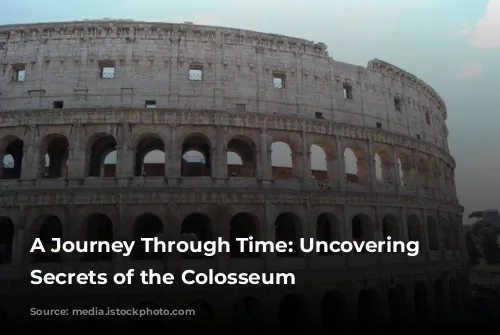
The Colosseum’s Interior: A Labyrinth of Secrets
The Colosseum’s grandeur extends beyond its external facade. Beneath the arena lies a complex network of tunnels and chambers, known as the hypogeum. This underground labyrinth served as a staging area for the spectacles that unfolded above. Gladiators, animals, and prisoners awaited their fate in these hidden chambers, their breaths mingling with the stench of fear and anticipation. Trap doors, skillfully concealed within the arena floor, allowed for the dramatic deployment of scenery and the sudden appearance of gladiators, animals, or even prisoners, adding to the spectacle’s drama and suspense.
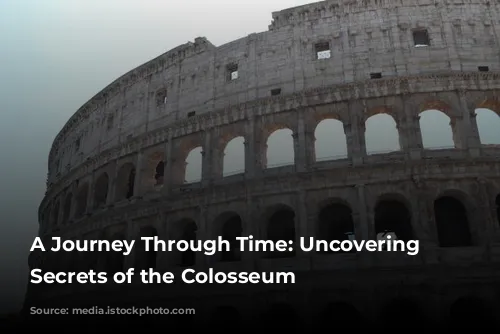
The Colosseum: A Stage for Blood and Spectacle
The Colosseum, with its capacity to seat between 50,000 and 80,000 spectators, was not just a place of amusement; it was a theater of blood and spectacle. The arena witnessed countless gladiator fights, hunts, and executions, each a testament to the brutal realities of the Roman world. The crowd, enthralled by the violent spectacle, reveled in the brutality that played out before their eyes.
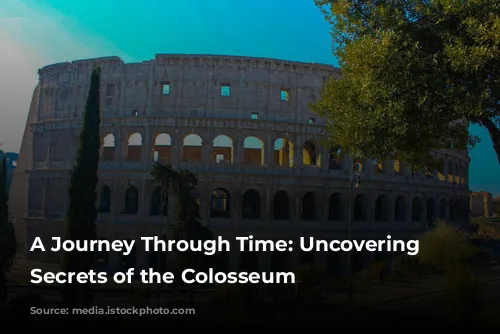
The Colosseum: A Site of Tragedy and Death
The Colosseum, a monument to human ingenuity, also stands as a memorial to countless lives lost. Estimates suggest that over 400,000 individuals, including gladiators, slaves, convicts, and prisoners, perished in the arena, their blood staining the earth as they met their demise. The Colosseum, a symbol of entertainment and power, also bears the weight of a dark past, a reminder of the human cost of spectacle and the barbarity of ancient Rome.
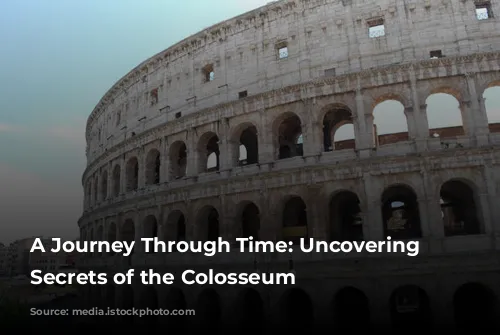
The Colosseum: A Legacy That Endures
Today, the Colosseum stands as a monument to human history, its stories echoing through time. It is a place where travelers can journey back to a bygone era, imagine the thrill of a gladiator battle or the hunts of exotic beasts, and learn about the complexities of Roman society. The Colosseum, a testament to the Roman’s enduring legacy, continues to captivate the imagination, inspiring wonder and awe in visitors from around the world.
